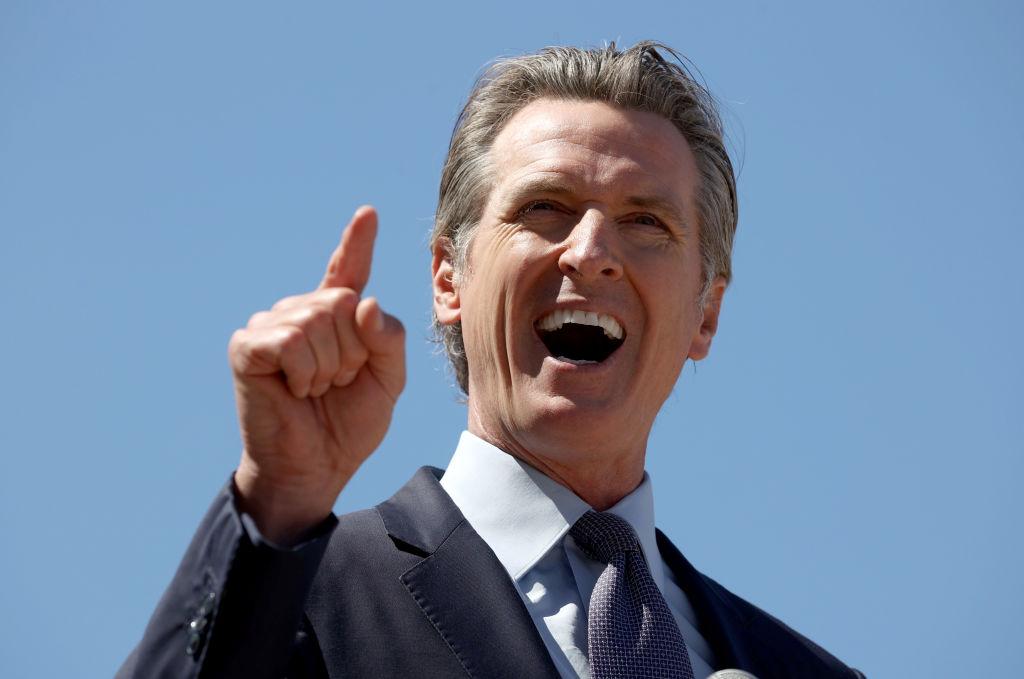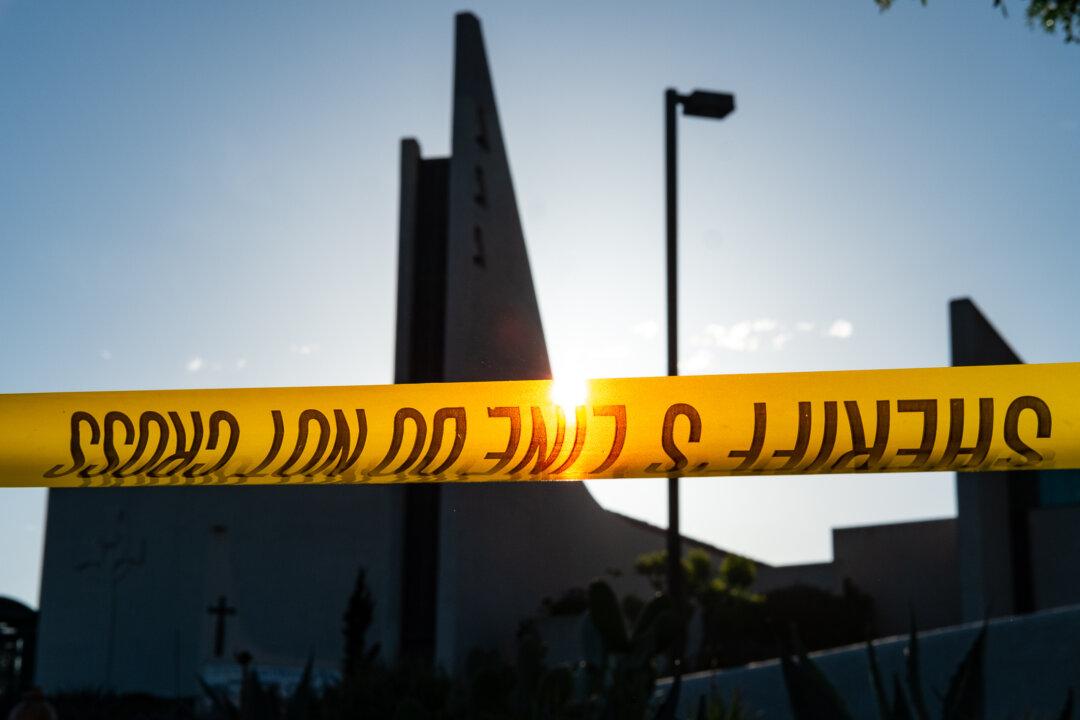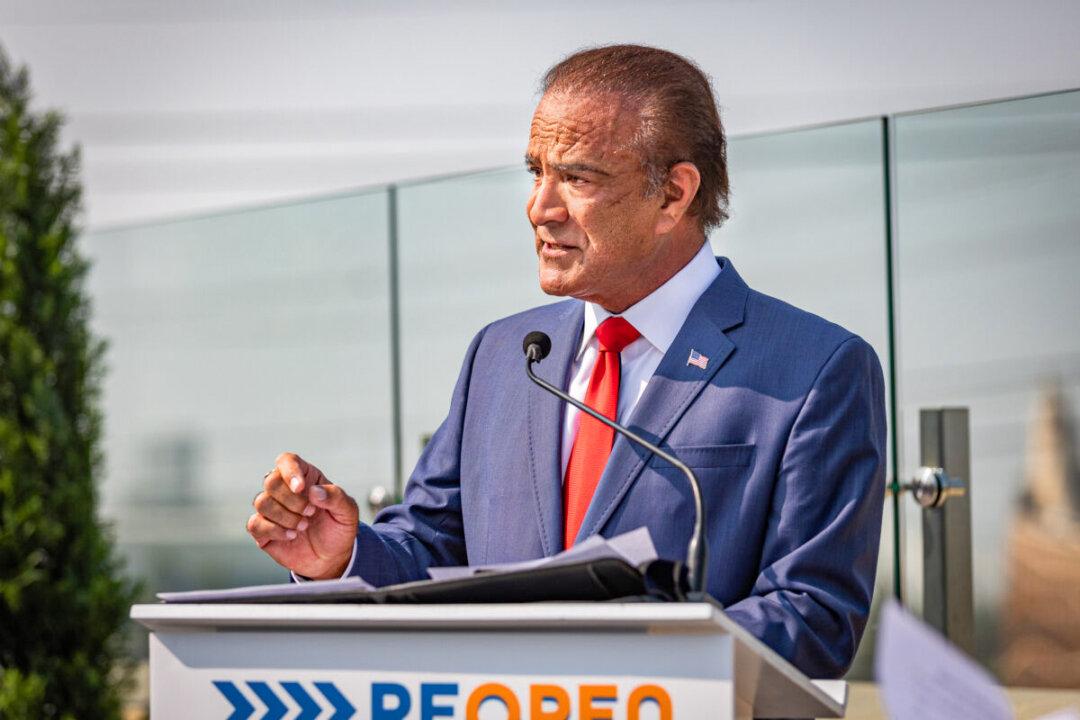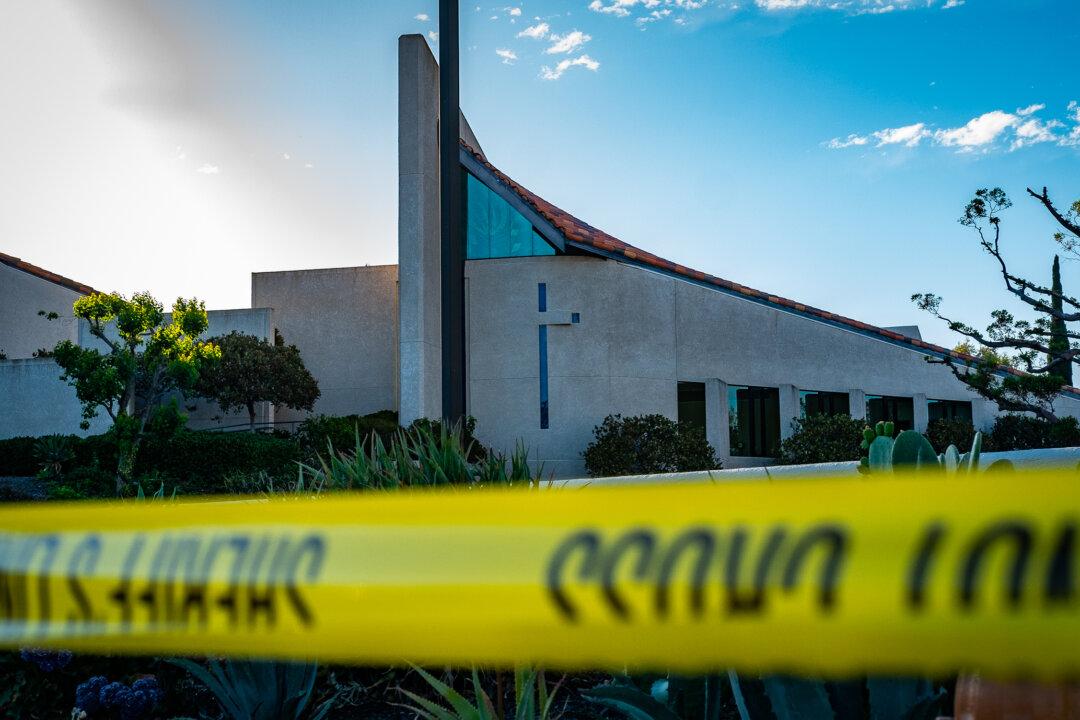In the wake of California’s continuation of a state of emergency, lawmakers are questioning Gov. Gavin Newsom’s use of power.
“The Emergency Services Act is there to allow the state to respond in a coordinated and proactive way, when there is an emergency, whether that’s an earthquake, or a fire, or a pandemic,” Assemblyman Kevin Kiley (R-Sacramento) told The Epoch Times. “It is designed to give the governor an ability to really bring together the full resources of the state government to mitigate the threat.”




